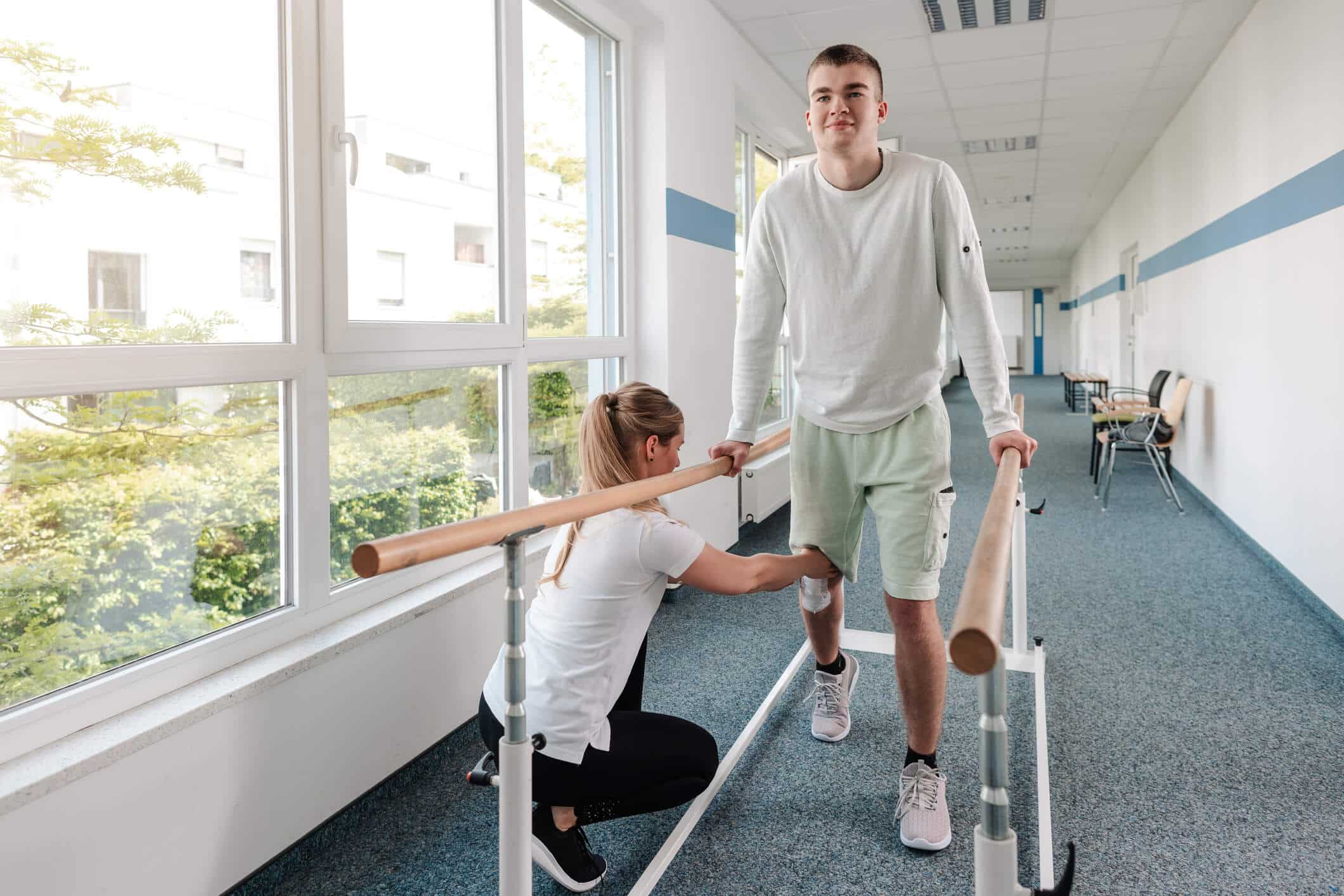5 Useful Questions About Sports Medicine
Sports medicine (alternatively known as sport and exercise medicine) has emerged as a distinct field of health care since the late 20th century.
It is also a rapidly growing field. The global market for its services is expected to grow from USD5.5B in 2020 to USD7.2B by 2025. This represents a compound annual growth rate of 5.7%.
This growth is expected to partly be a result of the increase in the incidence of sports injuries. However, it is also a function of the development of new products and treatment modalities as well as other factors.
The growth in this market will clearly spur additional opportunities for sport medicine physicians. It will also present interesting opportunities for those considering establishing or buying sports medicine clinics as business ventures.
In this article, we present answers to five questions that are commonly asked by those contemplating a career in sports medicine. It is our hope that these responses will help them make decisions that will allow them to fulfill their true potential. This will in turn help them to have satisfying careers.
What Is Sports Medicine?
It is a branch of medicine that focuses on the treatment and prevention of injuries related to sports and exercise activity. It specializes in the treatment of athletes and other physically active individuals for injuries to muscles, ligaments, tendons and bones. Sports medicine also encompasses treatment for chronic (non sports related) diseases like diabetes and asthma. Although these diseases do not arise from physical activity, they can nevertheless affect athletic performance.
An important part of the sports medicine discipline involves not just treating and preventing injuries. It also includes interventions that use physical activity as a means of treating or preventing disease.
Practitioners in the sports medicine field may be part of a recognized specialty in their own right. Alternatively, it may be a sub specialty held by a medical doctor whose main specialty is family medicine, for example..
Sports medicine is now a recognized medical specialty in over 30 countries worldwide. It also exists as a recognized sub specialty in many others. The Canadian Academy of Sport and Exercise Medicine, for example, offers training as a sub specialty. The Australasian College of Sport and Exercise Physicians has offered training as a fully recognized specialty since 2009.
What Are Some Examples Of Sport & Exercise Medicine Practitioners?
A practitioner in this field can take on many roles of which the following are just a few examples:
- Certified athletic trainers who work with sports teams. They develop rehabilitation exercise routines to help injured patients regain full use of their injured muscles, joints, etc.;
- Physical therapists with a sports medicine focus. These also help patients to rehabilitate and recover from their injuries;
- Specialists in nutrition and/or diet, who help their patients lose or gain weight in order to optimize athletic performance;
- Sports psychologists who use psychology to optimize the athletic performance and overall well being of athletes in their care.
The above should be regarded as just a partial list of potential areas of focus for those contemplating a career in sports medicine.
What Does A Sport & Exercise Medicine Physician Do On A Daily Basis?
According to OwlGuru, some of the daily tasks of a sports medicine physician may include:
- Ordering and interpreting the results of laboratory tests and diagnostic imaging scans;
- Counselling injured athletes on the optimal time at which they can return to normal activity without risking re-injury;
- Recording the medical histories of athletes in their care;
- Performing physical examinations of injured athletes as part of the diagnostic process;
- Examining healthy athletes prior to their participation in sports activity. This is done to evaluate their fitness level and whether it is adequate to keep the risk of injury sufficiently low;
- Working as a team with other sports medicine specialists such as physicians and surgeons, athletic trainers, physical therapists and coaches. This is to ensure that the athlete has a coherent and consistent treatment plan. Such a plan will help him or her to pursue intended activities with minimal risk of injury or re-injury.
Do Practitioners In This Field Find Their Jobs Satisfying?
Again according to OwlGuru, physicians in the field were asked about their levels of satisfaction with their chosen careers. 74% of respondents indicated that they were satisfied with their jobs. 82% also indicated that their jobs were meaningful and either made the world a better place or made some else’s life better.
What Are The Differences Between A Career In Sports Medicine & One In Physiotherapy?

A physical therapist will treat patients with all types of injuries, including those unconnected with sporting activity. A sports medicine physician on the other hand will focus mainly on the treatment of injuries connected with sports activity. This would include injuries such as shin splints, for example.
A second difference between the two career paths lies in the types of treatment provided. A physical therapist uses stretching and strengthening exercise routines to help patients who have suffered orthopedic injuries to make a full recovery.
A sports medicine physician, on the other hand, can provide advice on a broader range of treatments. These can range up to and including surgery in order to correct sports related injuries.







